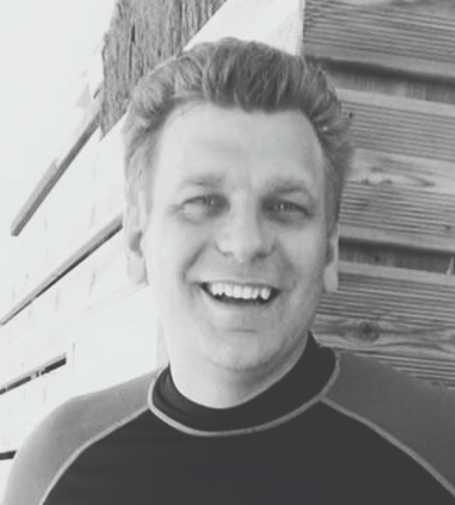 Jean-Marie CODOL, Director R & D
Jean-Marie CODOL, Director R & D Any radio communication methods, based on the electromagnetic signal, help people only with locations on the land. This signals to the fact that there is no device that can send signals and help to localise divers underwater. The standard GPS system can be used but only to a few inches beneath the water surface, but deep down, it does not work. The reason why GPS’s do not work in the depths of the water bodies is because of the electromagnetic attenuation of the electromagnetic signal. However, it is a no surprise that today there is ample equipment manufactured and used, dedicate entirely for underwater localisation. Such devices work on the mechanism of acoustic waves, along with different methods such as Ultra-Short BaseLine (USBL), Long BaseLine (LBL), and hybrid systems. But, all of these existing methods are either too expensive to afford or are too complex to use without proper training. There is one company that is offering a low-cost solution based on USBL technology and is aimed to be of use for beginners as well as experts in diving. Enter SubMarine Open Technologies.
The thought behind such an underwater GPS came to Jean-Marie CODOL, the founder of the project.
With a PhD in signal processing, CODOL carries years of experience in latest technologies dedicated to land localisation. It is about two years now that he is deeply into devising new ideas and technologies that can obtain appropriate localisation for submerged divers or even vehicles. In this particular project, CODOL is being assisted by researchers and engineers from fields of robotics, electronics, and signal processing. When CODOL and his team at SubMarine Open Technologies started with the project, they had in mind to create an affordable component option for both recreational and professional divers. But the low-cost buoy device does not compromise on the must-have features of an underwater GPS.
“Divers can move faster, record, view, and share points of interest while they are diving deep in the ocean, sea, or any other water body,” says Jean-Marie CODOL, Director R&D, SubMarine Open Technologies. The equipment is made in such a way that during immersion, a diver can download a map and display the points of interest he had saved offline or during a previous dive. Also, locating each diver is not a matter of concern as the system allows positioning up to 30 divers for each buoy. Each diver gets to see his own position and the location of other divers. Once they are done, they can move back to the boat faster and in a much more precise way. The position of the boat also can be displayed if the buoy is attached to the boat. The equipment is not heavy for a diver and helps them to get their job done, without any hassle.
Even from the surface, each diver is followed in real-time, so that in case they need help, the rescue team can be sent immediately. This is enabled as the buoy is connected to any digital device via Wi-Fi. Therefore, any computer, tablet or smartphone can easily communicate with the buoy underneath and vice versa. Since most professional or technical divers go deep inside the water for a longer period of time, and often, bubbles are not visible from the surface of the earth. Here, the use of pre-recorded messages is a simple and effective way to communicate with the boat.
All in all, the underwater localisation system from SubMarine Open Technologies records the position and location of each diver at every minute, without any disruption. The route of the diver is updated, and there is no chance of losing connection with the divers. With such a revolutionary technology, SubMarine Open Technologies looks forward to disrupting the ocean tech market.
 Jean-Marie CODOL, Director R & D
Jean-Marie CODOL, Director R & D